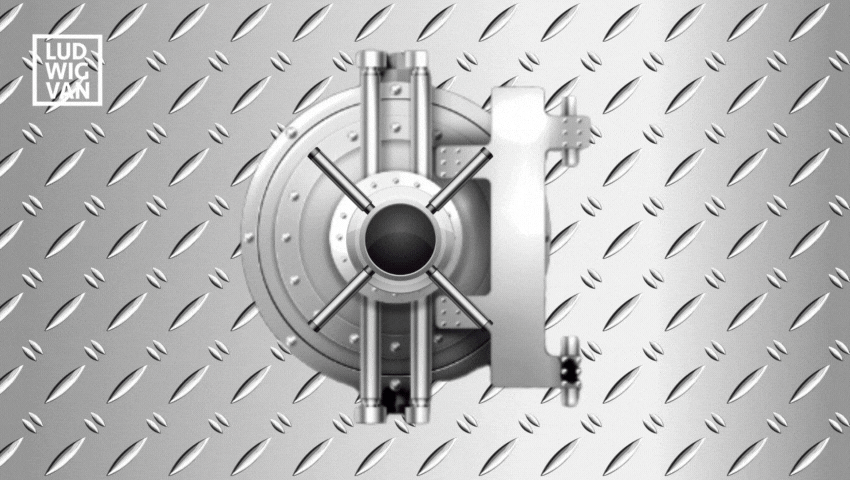
Inside a mountain in Norway’s high Arctic, the world’s music will be stored in something called the Global Music Vault, preserving it for future generations. It implies a rather apocalyptic view of the future — one presumably without societies that will value or be able to celebrate musical heritage.
The Vault is to be constructed in the same mountain as the Global Seed Vault, also known as the Dooms Day Vault, in Svalbard, Norway. It will be part of the Arctic World Archive. The idea is to be able to preserve capsules of recorded music for over 1,000 years.
The structures use old, decommissioned coal mines which are already designed to be as indestructible as possible.
The idea, while well-meaning, also raises some questions.
How did this all come about?
Luke Jenkinson, Managing Director of the Oslo-based Global Music Vault, is an American IT entrepreneur. The Vault is his brainchild. After working at the National Museum of Norway on a digitization project, and becoming aware of the fairly dismal way that the music industry itself (doesn’t) protect its archives, he came up with the idea. How to create an eco-friendly, yet highly efficient, way of storing music for the very long term?
Why the Arctic?
Since a zero emissions policy is the target, the music capsule and film storage can take place over a long period of time while using very little electricity. Likewise, the storage materials themselves have been chosen for longevity and environmental impact.
How can they store music in the cold?
The Vault stores the music in innovative and durable silicone storage capsules. Jenkinson knew that existing tech — CDs and vinyl LPs at the time — wouldn’t last, and he didn’t want to rely on servers and networks.
Jenkinson’s company, Elire, partnered with Microsoft to develop the eco-friendly solution: a small silica glass platter that can store master-quality digital music files using laser optics. The music is etched into the surface of the resilient and virtually impervious material, which resists damage due to extreme temperatures, water, abrasion, and even electromagnetic pulses.
Each square can hold about 150GB of data, although Elire is continuing to develop the technology with a view to expanding that to a terabyte or two. Possible future funding through subsidies and the UN is being explored.
How do they plan on gathering the music? Who decides?
Jenkinson’s idea is to simply call for music from anyone, anywhere. “At the moment, those people that sit in libraries and archive roles, they’re the ones that decide, you know, what’s important and what’s not — and that’s normally in the moment or after what’s happened,” he says. “The music industry has a chance to remove those barriers of figuring out what should we archive, when, essentially, you can archive everything,” Jenkinson told The Independent.
The idea is to gather the music capsules, and then deposit them to the Vault in batches. In 2021, the Global Music Vault sent out a call for contributions, coordinating their efforts with the International Music Council (IMC) to ensure representation from all regions and countries.
The International Music Council (IMC) was founded in 1949 by UNESCO. Based in Paris, it represents the world’s largest network of music related organizations. Its goal is to promote access to music, with direct connections to more than 1,000 organizations in about 150 countries.
Through the IMC, designated Music Rights Champions will help curate the collection. They include:
- Cambodian musician and human rights activist Arn Chorn-Pond, a survivor of the Khmer Rouge regime who spent his childhood in a children’s labour camp. He survived by learning music, first playing propaganda music before escaping to Thailand, where he was adopted and brought to the US.
- Dr. Ahmad Sarmast, an Afghani musician and music educator that became a refugee in Australia due to persecution by the Islamist authorities. The first Afghan to earn a Ph.D. in music, he defied the Taliban to teach music to both boys and girls.
- Scottish percussionist Dame Evelyn Glennie, selected as one of the two laureates for the Polar Music Prize of 2015, enjoys a successful career as a solo percussionist. She is also dedicated to music education.
- Egyptian musician Ramy Essam is probably best known for his anthemic performances in Tahrir Square in Cairo during the Egyptian Revolution of 2011.
- Kenyan Tabu Osusa is the founding Executive Director of Ketebul Music, and highly involved in the East African music industry as a promoter, producer, composer and band manager.
- Sustainability and the Music Industry - February 26, 2024
- Online Content Creators Continue Trend of Choosing Classical Music - December 18, 2023
- TikTok #Classicalmusic Challenge Returns For Round 2 - July 31, 2023


